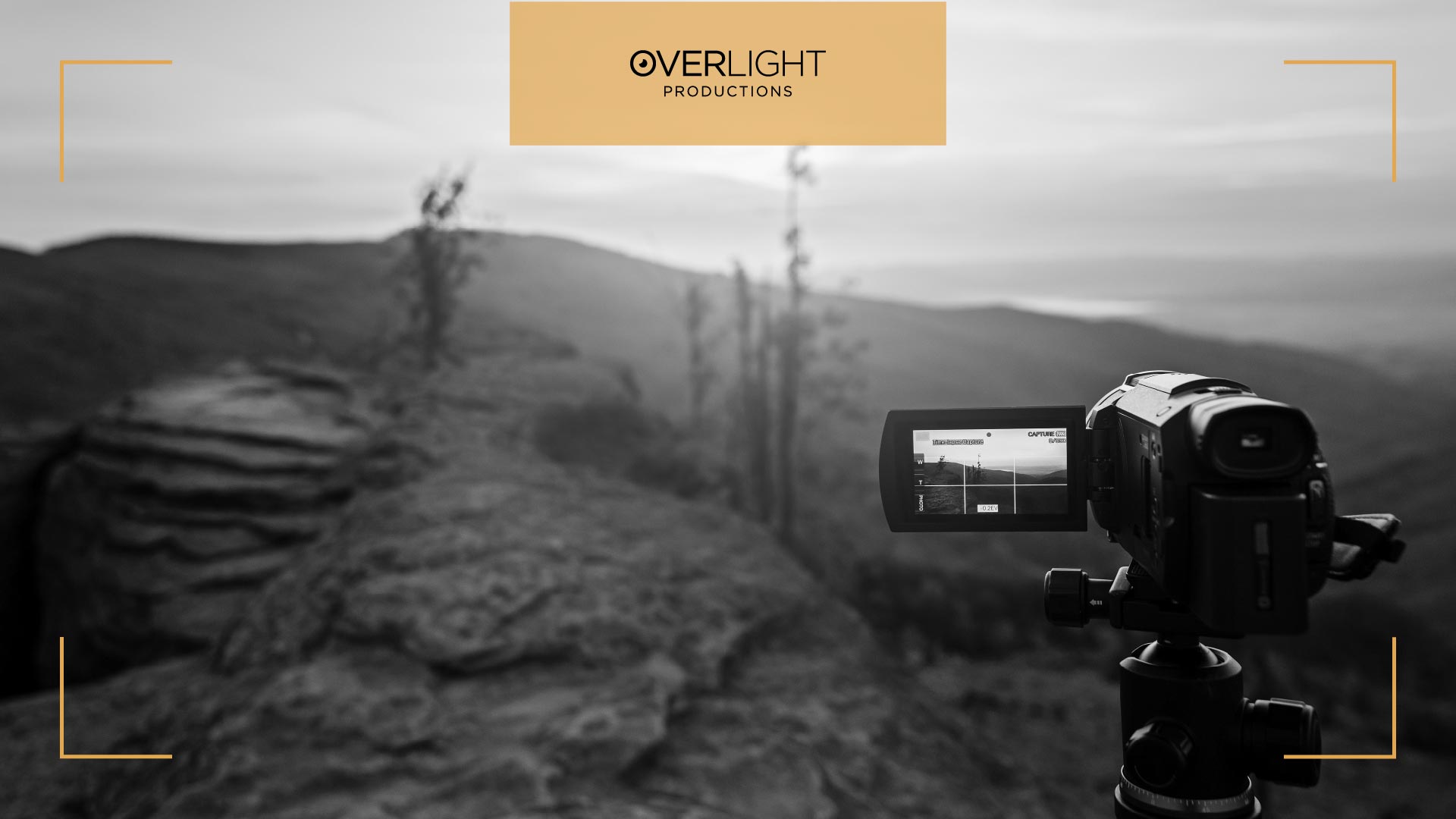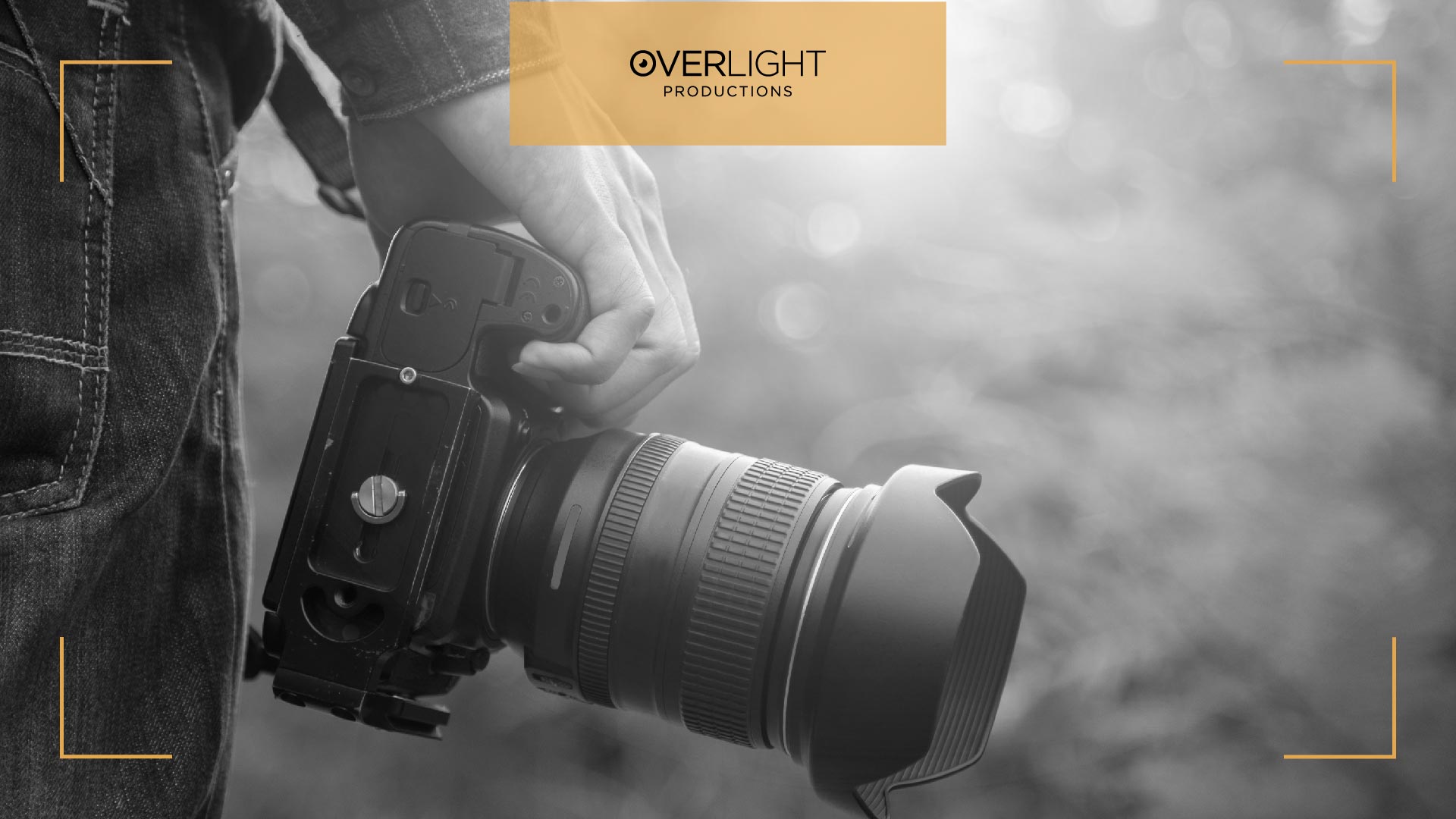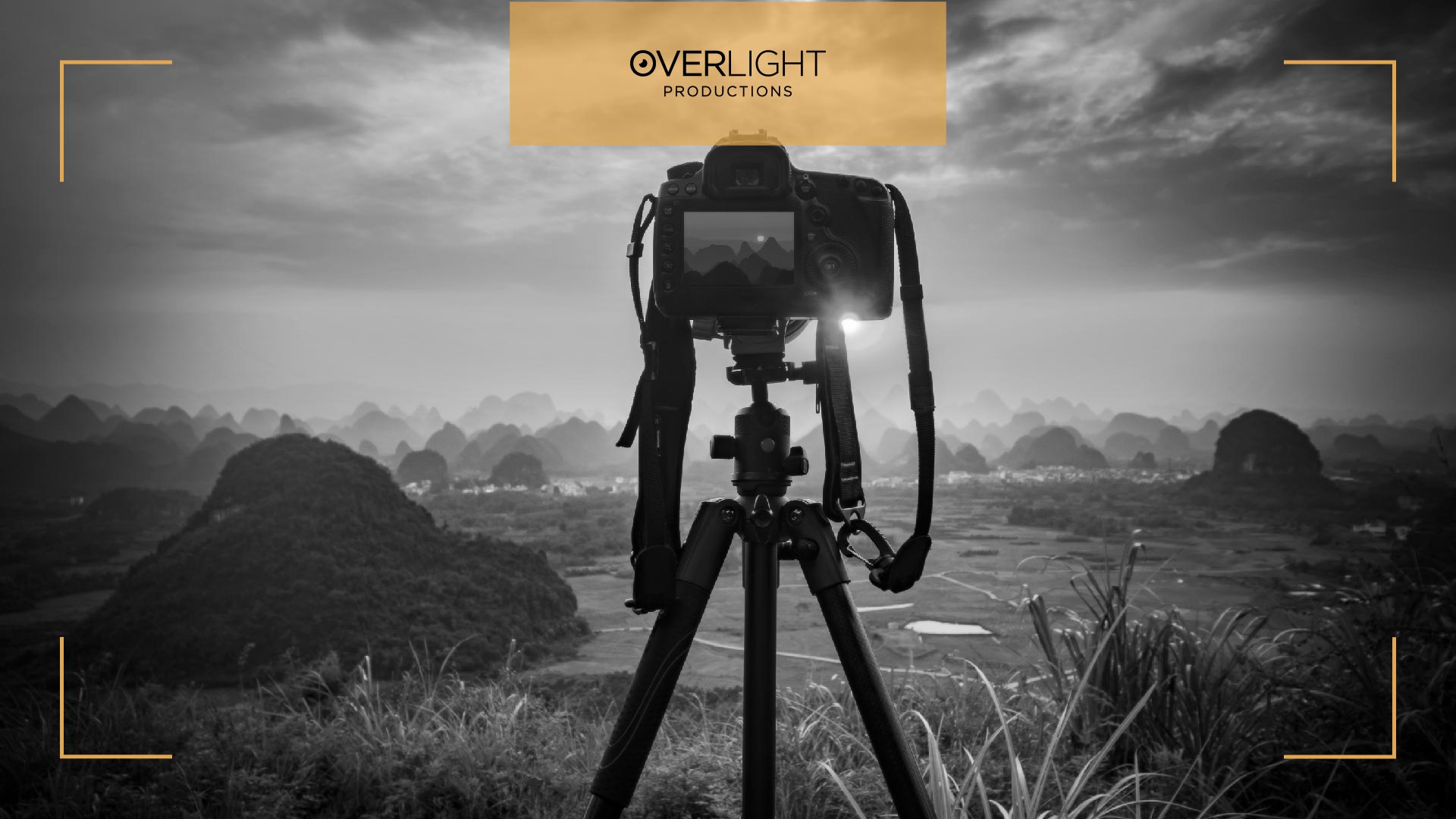 18 - May - 2023
18 - May - 2023
When you are in the middle of nature, you can see how its components are interconnected and how each animal and human has a specific function.
A perfect cycle, where seasons change, things are born, and they die, is created by the fall leaves, the mossy forest with an unending tree line, a glimpse of blue sky, and the brilliant sunlight that drenches everything in an intensity of color.
An art form that requires mastery is capturing the texture, contrast, saturation, and vibrant color of nature.
The natural world is a fantastic place for photographers to explore and is one of the most common subjects found in photography, from national parks to your own backyard.
And it's not just for experts—anyone can take stunning photos of wildlife and landscapes with a few basic nature photography tips and methods.
What Comes Under the Umbrella of Nature Photography?
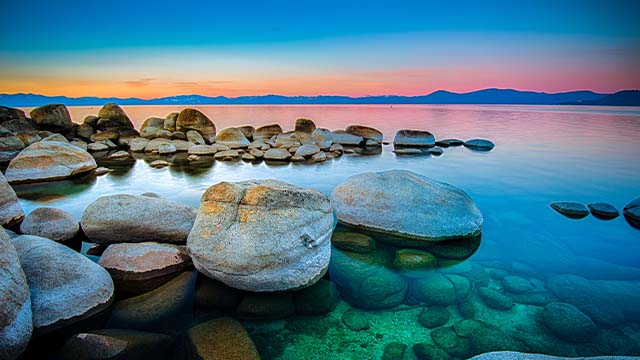
Photography that captures the beauty of natural components in their natural settings is known as nature photography. Landscape, wildlife, and garden photography are all included in this general phrase.
The different facets of nature cover a wide range of topics, such as plants, animals, lush foliage in one's own backyard, and a mysterious natural beauty that bursts with color.
Photographers can also document the dynamics of the changing seasons or draw attention to a pressing environmental issue, such as the melting of the ice caps or the extinction of certain animal species.
Your choice of subject is influenced by a strong sense of passion and curiosity about the natural world. Your desire to use your photographic talents to convey a narrative and a compelling topic helps you get a memorable image.
Although a large portion of nature photography is created for scholarly, tourism, and cultural publications, they are frequently regarded as the best examples of fine art photography, where an image's aesthetic merit takes precedence above all other considerations.
The goal of nature photography is to capture the beauty of our most beautiful natural landscapes, national parks, and the wildlife that calls them home.
Wildlife Photography
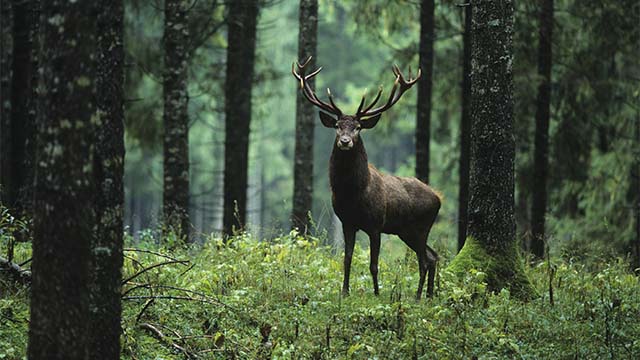
The first wildlife shot for National Geographic was taken in 1906. Wildlife photography required quicker lenses and more sensitive film, neither of which were available at that time.
Out of almost all photographic genres, wildlife photography took the longest to develop. As the largest "section" of nature photography today, it focuses on photographing wildlife and animals in their natural environments, whether they are hunting, eating, or simply existing.
It is essential for this kind of image-making that the photographer learns even the most minute details of an animal's behavior and habits since it is critical to avoid harming the subject in any way.
Landscape Photography
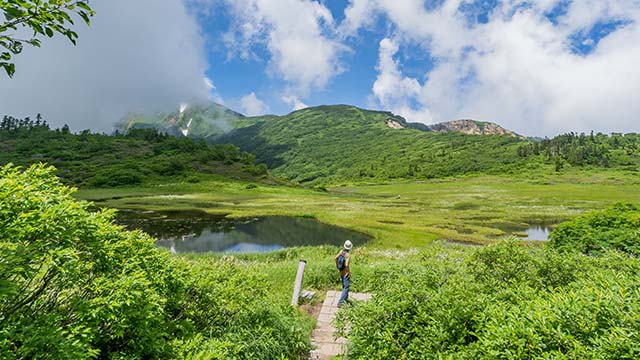
One of the subcategories of photography that is frequently linked to nature photography is landscape photography. It emphasizes photographs of both man-made and natural formations, such as city skylines and photos of rivers, mountains, deserts, and woods.
That, however, is less common and unrelated to nature photography. Therefore, landscape photography is an extension of nature photography rather than a subcategory of it.
The aesthetics of landscape photography have evolved over the years in accordance with current trends. It is frequently addressed in direct relation to landscape paintings because of how closely tied they are to nature.
Landscape photography focuses on the world's natural beauty with little artificial lighting or staging, following the trend in wildlife photography.
Though they seem to trend more toward a macro photography style, there are also types of landscape photography that are perceived as being more artistic or abstract than others.
Tips for Improving Your Nature Photography
Anything that captures the natural world's components in their natural setting is considered nature photography.
Consider beautiful front lawns, a lone plant extending from a concrete jungle, or amazing views from national parks. These pointers can assist you in making the most of any circumstance.
Recognizing Your Surroundings
Respecting your surroundings and being aware of the place you're shooting in is another important aspect of shooting outside. This is true whether you're in your backyard or a far-off place you've hiked to.
Always follow the trails, request permission before recording or taking photos, and leave the area in the same condition that you found it.
Overuse is one of the main dangers to nature photography. Stick to a well-established trail, for instance, if you're hiking through a field of Alpine flowers, as they can take decades to develop a few inches.
Bonus tip:
Aim for a background that is entirely natural while photographing birds. Game animals blend in with the surroundings, so pay attention to your surroundings.
For instance, wait until a deer is silhouetted against the sky or a far-off field of light color before shooting it. A telephoto lens with a focal length of 400 mm or more is the ideal lens for taking pictures of birds. For birds that can be approached up close, a 70 mm to 300 mm zoom works nicely.
Distinguish The Subject from The Background
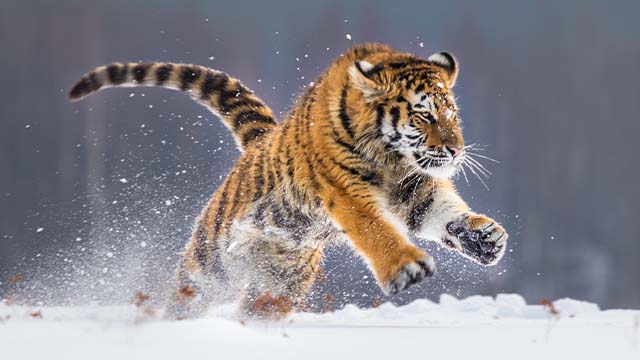
To capture a small subject's details, you concentrate on it. Therefore, you must eliminate any distracting factors from the scenario in order to allow your audience to concentrate on the specifics of your issue.
Before adding the features to the frame, you may, for instance, leave a big gap between the foreground and the backdrop. Then, use a wide aperture of f/2.0 or f/2.8 to achieve a hazy or soft background while keeping your attention on the foreground subject.
Related: Photography trends in 2023
Close-up Texture Cropping
Nature is a great source of inspiration for many aspects of life. from patterns to noises to colors. The most fascinating topics might be there in front of us.
When photographing nature, zoom in and crop closely to your subject. This can be lizard skin, tree bark, a leaf, the forest floor, or a scale.
When you look closely, a whole new universe is there to be discovered. Purchase a macro lens for an even closer view. These lenses can create some incredible photographs by enlarging even the smallest details.
Pack The Proper Equipment
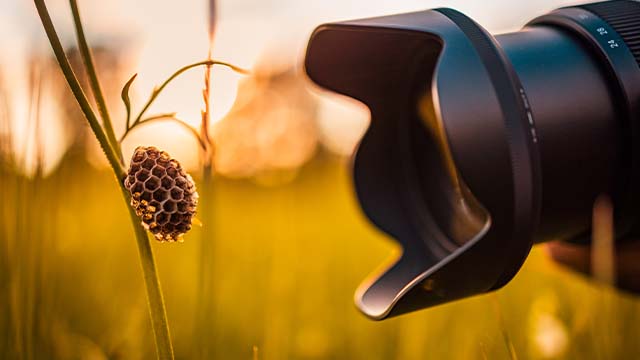
Wide-angle lenses are perfect for taking beautiful landscape pictures. As a result, the entire picture is in focus. They enable you to capture a deeper depth of field than telephoto lenses. Make sure you've thought about which lenses to bring since, just like with any other type of nature photography, the appropriate equipment may make all the difference.
Nature cannot be controlled, yet coming to terms with this reality paves the way for you to discover your gifts and let your inner adventurer loose. If you plan ahead and remember to double-check your exposures, the results could be very pleasing.
Apply The Rule of Thirds
You can use the rule of thirds to help you structure your shots when taking photographs of nature. A composition approach that aids in achieving a balanced image is the rule of thirds.
This rule divides a scene into nine equal rectangles by dividing it into thirds both horizontally and vertically. The areas where your viewer's eyes naturally land are where these rectangles connect.
To capture appealing photographs, you must position your key subjects at these places and click them.
For Impactful Photos, Capture Your Subject in Their Natural Environment
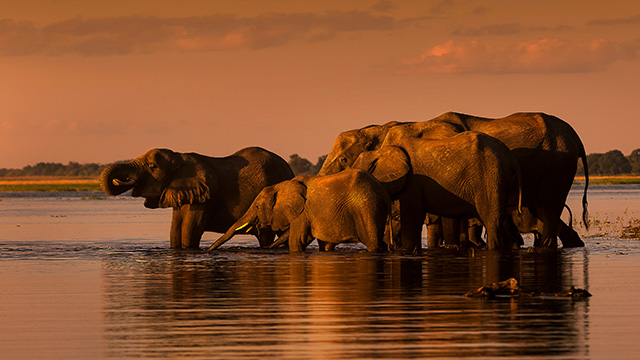
This is more of a suggestion than a firm rule. Try to keep everything in the shot natural if you're planning to take pictures of nature.
There is nothing wrong with taking pictures of the spider on the side of your house or the bird on the power wire. It can result in some imaginative and intriguing contrasts.
However, if you want to capture striking nature images, you should take pictures of animals and plants in their natural settings.
Other Helpful Tips to Enhance Your Natural Photography Skills
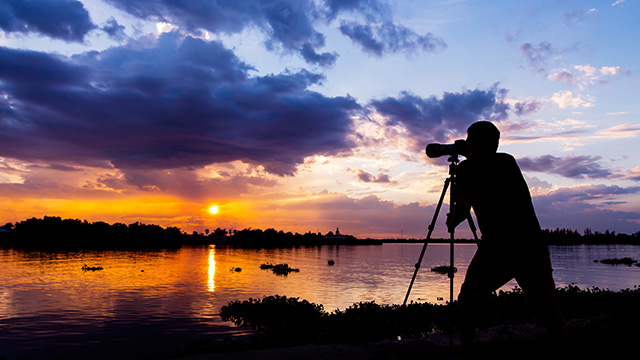
-Develop an appreciation for cloudy days. Their diffused light might give your photographs more color saturation. Early or late sun's raking angles typically expose texture.
- Watch your step when taking pictures of wildflowers. Your subjects can include threatened or extinct species. Never cut or uproot wildflowers, and take care not to step on them.
- When deciding what inspires you to take a photo of a location, consider the words that would best characterize it. Then, incorporate a detail in your shot that exemplifies that adjective.
- To eliminate background distractions when photographing wildlife up close, use a shallow depth of field.
- If there is lightning in the area, you'll need to be patient as well as lucky because you never know where lightning is going to hit. The gentle, golden light will make a meadow of wildflowers shine.
- To create the most captivating composition while capturing details, experiment with several angles (above, below, and from the side). Never measure the sky. The rest of the scene will be underexposed because it is typically bright.
- Use sunsets to your advantage while taking pictures of wildflowers.
- Look for a concentration of plants while photographing them to add drama.
FAQs
What camera is best for nature photography?
Panasonic Lumix DC-FZ82 is the best camera for nature photography. Your first efforts in wildlife photography can be greatly aided by this lovely, reasonably priced camera with a built-in LUMIX DC VARIO lens. The camera offers extensive flexibility over shooting modes, including manual settings for photo and video operations, and a potent optical zoom.
Other best cameras for nature photography are:
- Nikon Z 9.
- Canon R5.
- Nikon D850.
- Sony a9 II.
- Canon 7D Mark II.
- Canon 5D Mark IV.
What is the ideal lens for capturing landscapes?
If you're going to be shooting handheld without a tripod or at night, it's best to have a fast lens.
The fact that the 28mm (18mm) focal length can capture a relatively wide angle of view (75 degrees) without adding glaring aberrations makes it one of the most widely used focal lengths for landscape photography. It's an effective focal length for keeping the backdrop and close subjects in proper proportion.
How important is a tripod in nature photography?
For nature and landscape photographers, a tripod is a necessary piece of gear. It not only gives your camera a firm foundation, but it also enables you to employ long exposures to record the motion of clouds or water.
Can I use my smartphone for nature photography?
Using a smartphone for landscape photography is very comparable to doing so with a traditional digital camera. You can use all the concepts you've learned about traditional photography when taking pictures with a smartphone. Check your settings before you begin shooting.
How do I deal with challenging lighting conditions?
To deal with challenging lighting conditions as a nature photographer, you can try adjusting your camera settings, using filters, finding alternative shooting angles, or waiting for different lighting conditions. It is also helpful to shoot during the golden hours of the day (early morning or late afternoon) when the light is softer and more favorable.
How can I get closer to wildlife without disturbing them?
Making your own camouflaged cover in a bush or tree is one of the simplest ways to observe wildlife in secret. The objective of a hide is typically only to keep yourself out of sight rather than to keep things out, thus it doesn't even need to be sturdy.
What is the best time of day to take nature photos?
The most popular times of day for the majority of outdoor photography are during the "magic hours" of sunrise and sunset. The sun is low on the horizon at these times, and air particles allow warm light (such as reds, oranges, and yellows) to flow through while scattering blue light.
What are some ethical considerations when photographing wildlife?
Some ethical considerations when photographing wildlife include respecting their natural behavior and habitat, not interfering with their daily activities, avoiding any actions that could harm them or their environment, and obtaining proper permits and permissions if necessary.
It's important to remember that wildlife should be observed and photographed from a safe distance to avoid any potential harm or disruption to their lives. Additionally, photographers should avoid using any bait or lures to attract wildlife as this can alter their natural behavior and potentially harm them.
Wrap Up
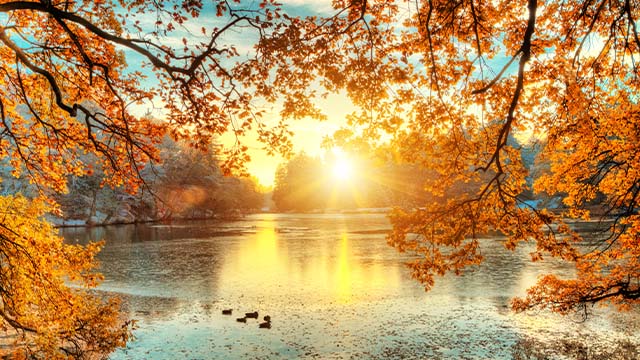
In conclusion, nature photography is a beautiful art form that requires patience, attention to detail, and a love for the outdoors. With the tips outlined in this detailed guide, you can enhance your skills and capture stunning images of the natural world around you.
Remember, the most important thing is to enjoy the process and the beauty of nature surrounding us. Happy shooting!
Are you looking for professional photography services in Dubai? Get in touch with us today.
